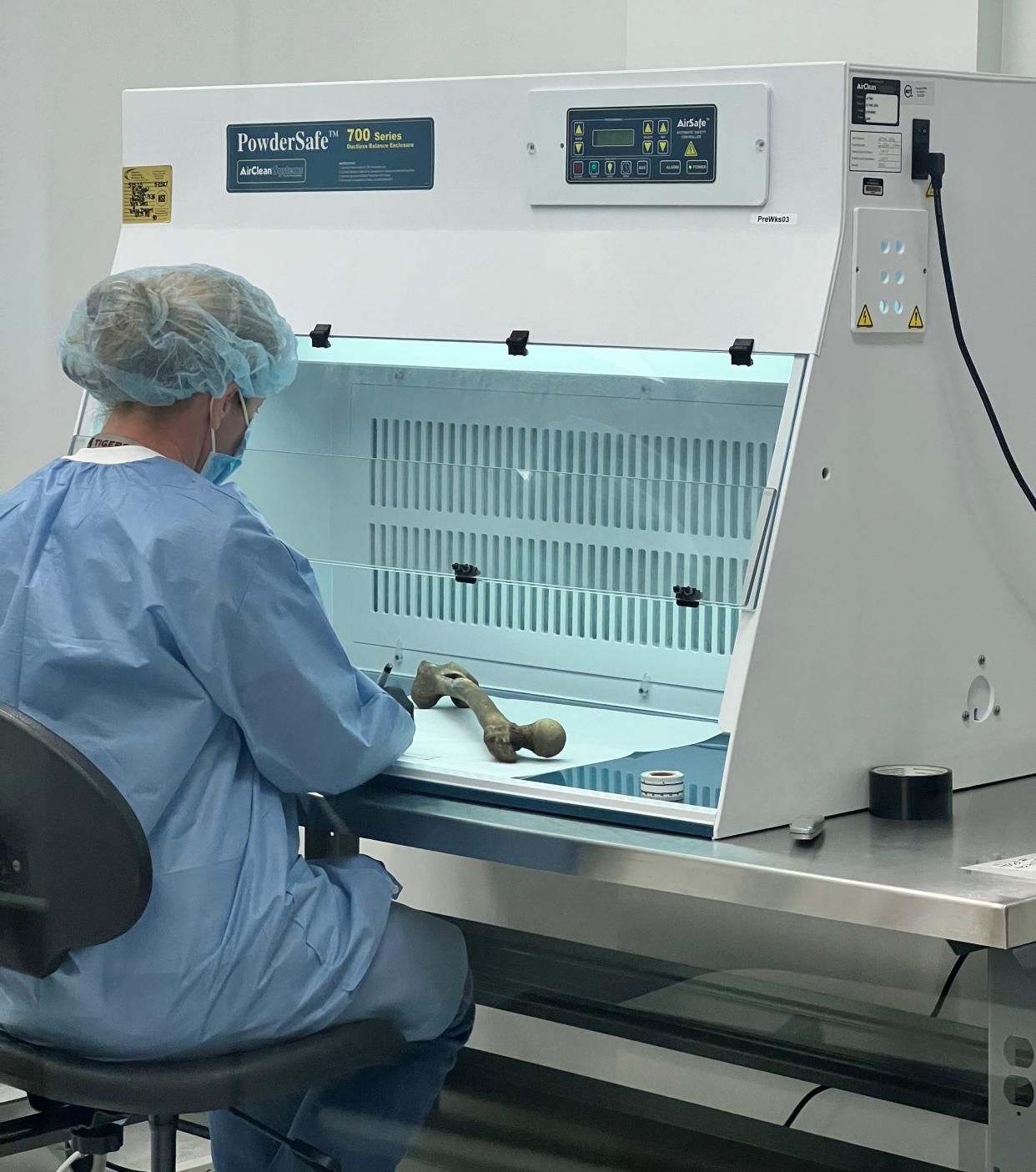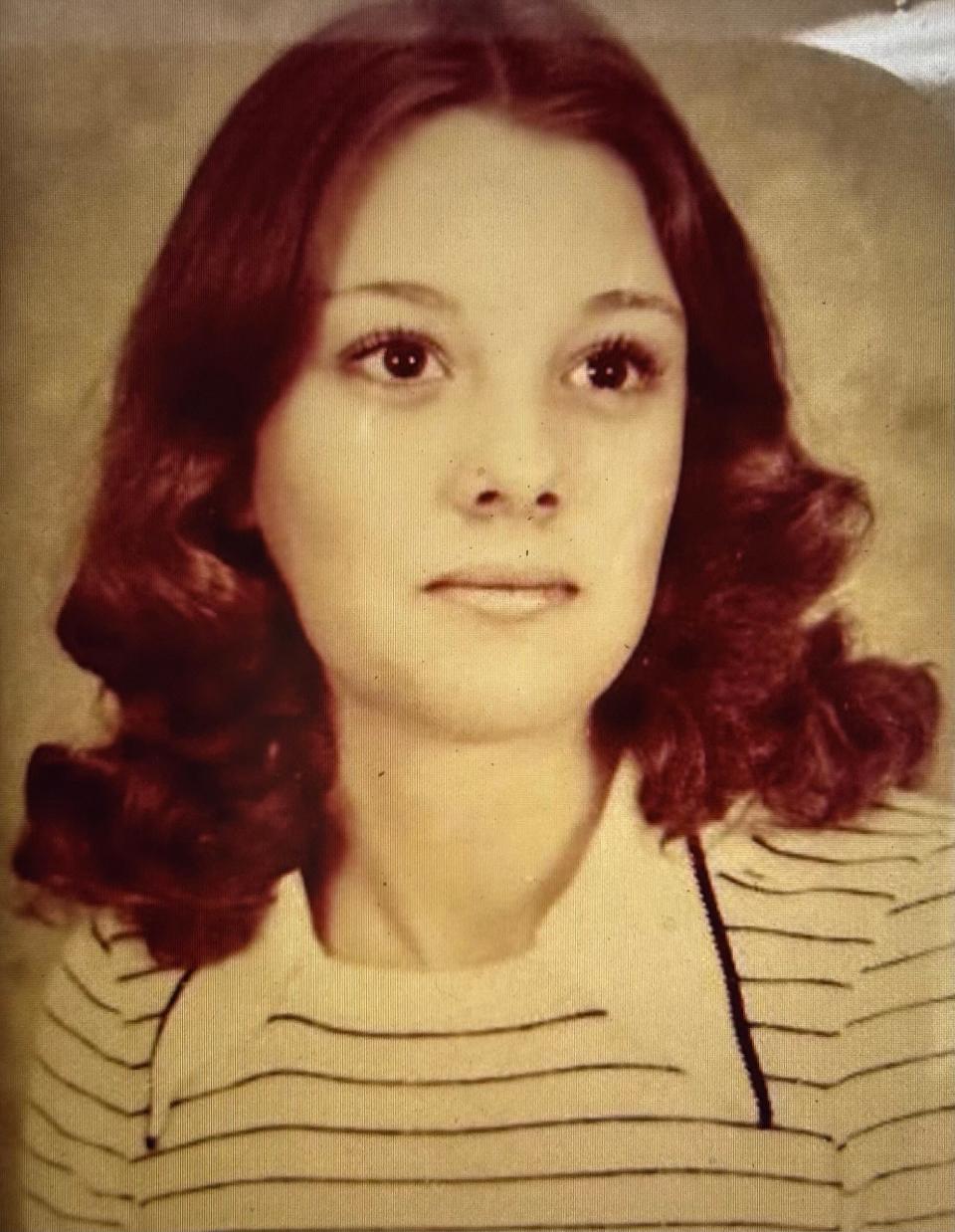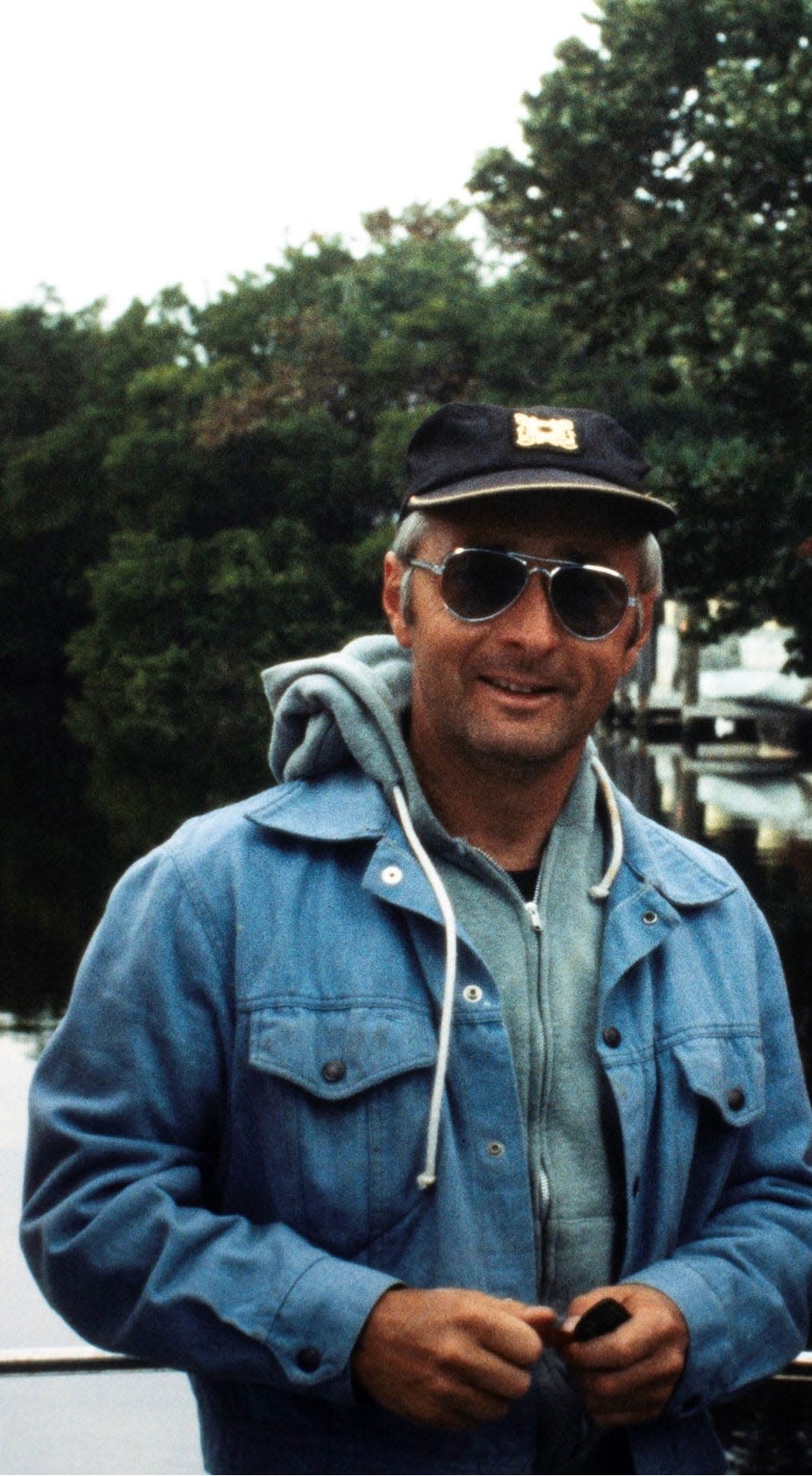DNA scientists identified 2 victims in Volusia, Flagler cold cases. Can they find killers?

More than three decades ago, a man walking in a wooded trail near Daytona Beach found a woman’s bones — a mystery that suggested a violent end but little else.
It would take 33 years to learn who once animated those bones with a life, with family, with dreams.
DNA scientists at Othram labs in Texas and investigators finally learned the woman’s name: Roberta “Bobbie” Lynn Weber. On Sept. 28, they confirmed her fate to her family.
And knowing her name brings detectives one step closer to knowing another name: her killer’s.
Othram solved the mystery using its forensic-grade genome sequencing, a method designed to develop DNA profiles from the most difficult cases.
“It’s a process by which we are able to get hundreds of thousands of markers and build a DNA profile from the most intractable evidence,” said Kristen Mittelman, the chief development officer for Othram in Texas.
“There’s never been technology that has brought this much scale to forensic investigation as far as taking intractable cases and making them tractable,” Mittelman said in a phone interview. “To be at the forefront of that, it’s such an honor.”

Weber was 32 when she died. Her bones were found on April 23, 1990, in some woods east of Clyde Morris Boulevard and about a half-mile north of Strickland Range Road.
Weber was the 100th publicly announced identification in nine months, Mittelman said. She said there have been more but she could not publicly disclose those yet because of legal issues.
Weber was the second DNA identification by Othram in as many months in Volusia and Flagler counites.
Othram DNA research helps identify Flagler County victim
Flagler County Sheriff Rick Staly announced at an Aug. 17 press conference that Othram’s DNA work had helped Detective Sarah Scalia identify a man whose body was found floating in the Intracoastal Waterway in Flagler Beach on Sept. 10, 1997. The man had been bound, shot and stabbed.
“In law enforcement, we know that if you don’t know the victim’s name, it makes it extremely difficult and hampers that investigation,” Staly said at the press conference. “We also know that since 1997, significant advances have been made in forensic science such as DNA and now using relational genealogy and DNA together.”

Scalia submitted the man’s bones to Othram in 2021. The man was subsequently identified as Robert Bruce McPhail. He was 58 when his body was found.
“We must be the voice for victims, especially murder victims because they can no longer speak for themselves,” Staly said.
How DNA technique can solve difficult cases
Mittelman said Othram developed the process and started using it in 2019. Four years later in 2023, the Volusia Sheriff’s Office and the Medical Examiners Office sent skeletal remains found along the trail in the woods to the Othram laboratory in The Woodlands, Texas.
“She (Weber) was found skeletonized and she had been exposed to elements,” Mittelman said in the phone interview. “The DNA had degraded. It was contaminated by plant DNA, animal DNA and other DNA at the crime scene. All that stuff makes it really difficult for someone to be able to extract DNA and build one of these really robust profiles that then they can upload to a genealogical database that is constructed for law enforcement use.”
Othram scientists extracted DNA from the skeletal remains. Then they used Othram’s forensic-grade genome sequencing to develop a DNA profile.
Othram’s forensic genealogy team then went to work. They uploaded the DNA profile to their database: DNA Solve.
That led them to a woman in Missouri who was likely Weber’s sister. Othram gave the information to law enforcement who then contacted the Missouri woman. Investigators asked her if anyone in her family was missing.
According to Mittelman, the woman said her sister had been missing since 1989 after she got a divorce. The family believed she had moved to California. Detectives also found the woman’s children who said they had not seen their mother since 1989.
The woman’s sister and daughter then provided DNA samples. DNA comparisons confirmed the identify of the skeletal remains.

Mittelman said three decades is not even close to the oldest DNA identification Othram has made. Othram scientists identified a body that had been in the ocean off Australia for 95 years and another case involved a body from 1881.
“Some of them are over a century old and to be able to bring closure to these families, to bring answers, it means the world,” Mittelman said.
She said she has met families who have lived in the same house for half a century hoping that someone will return with news of their missing family member. Some families return to the crime scene hoping that the perpetrator will also return.
Mittelman said some of the people at Othram were part of the Human Genome Project. The project studied all of the DNA (known as genome) of select organisms and generated the first sequence of human genome, according to the National Human Genome Research Institute.
She said Othram scientists realized that people were using a process designed for fresh medical DNA in difficult forensic cases.
So Othram developed the forensic-grade genome sequencing and started using it in 2019.
“We decided that someone had to purpose build technology on forensic evidence and so we did just that and that’s what forensic-grade genome sequencing is. It’s a process by which we are able to get hundreds of thousands of markers and build a DNA profile from the most intractable evidence,” Mittelman said.
“We are the first lab in the world purpose built to identify victims and perpetrators from crime scenes,” she said.
DNA could help unmask killers
Othram works on cases throughout the nation. The company is involved in the case of Rex Heuermann, who is accused of being the Long Island Serial Killer.
“These perpetrators, they conceal the crime by concealing the person’s identity,” Mittleman said. “So often people aren’t certain that someone is actually missing and so the crime is never really even investigated or reported. How can you investigate a crime when you don’t know person or the victim of the crime? It’s very hard.”
Once Othram DNA research points toward a possible suspect, law enforcement can do more investigating. Did the person have access to the victim? Did the person own the type of gun or weapon used in the killing? Depending on the answers, detectives can get a warrant for the person’s DNA and do a traditional DNA test to see if it matches.
She said Othram's database, DNA Solve, goes to genealogical databases that are consented for law enforcement use.
She said they do not go to consumer DNA websites like 23 and Me. But people who use those consumer sites can upload their DNA to a law enforcement database if they wish.
Mittelman said she hopes that the Carla Walker Act, a bill introduced by U.S. Senator John Cornyn, R-Texas, and named after a 17-year-old woman who was abducted and murdered in 1974, will be passed directing more funding toward forensic DNA and helping to solve more cases.
Othram used its enhanced technique in 2020 to develop a DNA profile from DNA left on Walker’s clothing. That DNA profile pointed detectives to a family and eventually the killer.
Mittelman said Othram’s work has saved lives by using DNA to find killers.
“There are so many people that are going home today and they are never going to be the next victim of that serial killer or serial rapist because of this technology,” she said.
This article originally appeared on The Daytona Beach News-Journal: Othram DNA scientists identify victims in Daytona, help unmask killers

